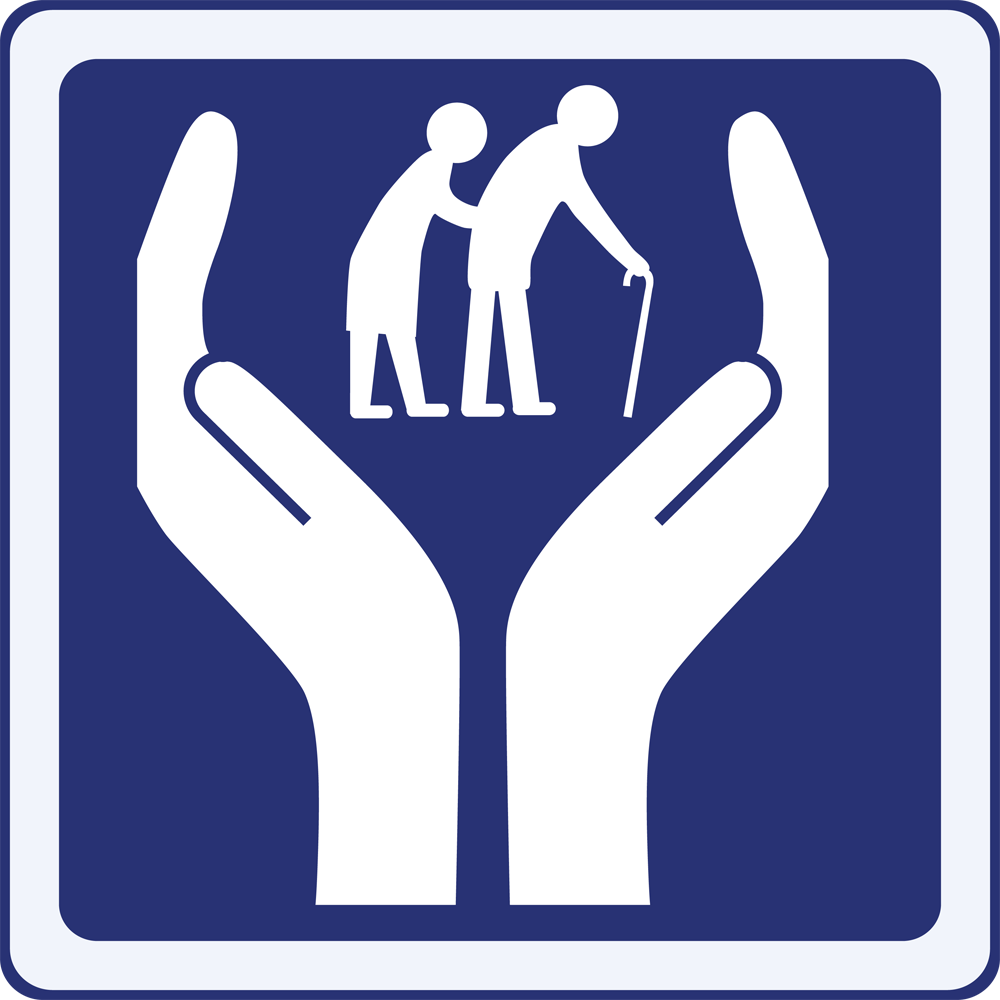Household Bills
Tax hikes predicted as population ages

The cost of dealing with the country’s ageing population will increase government spending by about 4% of GDP – or £61bn in today’s terms – by the 2060s, according to government projections.
The latest forecast from the Office for Budget Responsibility (OBR) said central protections showed spending – other than on debt interest – would fall slightly between 2017 and 2021 but as the population ages it would then rise by about 4% of GDP by 2063.
Spending on health care, the state pension and long-term care will all increase, the report said.
OBR chairman Robert Chote said: “The ageing of the population is likely to put pressure on the public finances, primarily as a result of upward pressure on public spending
“The upward pressure comes primarily from health, state pensions and long‐term care, all of which reflect the ageing of the population.
“As a result, some additional fiscal tightening is likely to be needed after the current crisis‐related consolidation has been implemented.”
He added: “That said, there are huge uncertainties around the scale of the challenge and the UK is certainly not alone in confronting it.”
International Longevity Centre – UK chief executive Baroness Sally Greengross said the costs set out today were “not inevitable” and suggested a further rise to the state retirement age to bring in £13bn.
She explained: “Increasing the average retirement age by just one extra year could bring in around £13bn or 1% of GDP. Real political and financial investment in the prevention of ill-health could save money for health and social care.”
However, she also warned that the projections could be too cautious.
“If we don’t invest in the prevention of ill-health, fail to significantly extend working lives and do not to support the voluntary contributions of older people, we could see even higher costs.Investment in ageing research must be adequate and focused on addressing the big longevity challenges.
“If tomorrow’s pensioners are more unhealthy healthy than today’s, with less access to preventative care, and few new health innovations, costs will be higher than projected.”
She criticised recent political debates which have focused on the free TV license or the free bus pass for pensioners. She said these issues had excluded more important longer-term issues.
“Despite the warnings set out today, government does not have an adequate strategy to respond to the challenges posed by the OBR.
“We must have a white paper with a clear, holistic strategy for ageing covering all branches of public service delivery. Inaction is likely to result in higher taxes and fewer and poorer public services for all of us.”
Spending on health would increase from 7% of GDP in 2017-2018 to 8.8% of GDP by 2062-2063. It said this would rise smoothly as the population gets older.
State pension costs are set to increase from 5.8% of GDP to 8.4%. However, this is lower than was projected last year – partly due to the start of the single tier state pension, which reduces spending in 2062-2063 by 0.7%.
The cost of long-term care will rise from 1.3% of GDP in 2017-18 to 2.4% in 2062-2063, “reflecting the ageing of the population and the government’s announcement of a lifetime cap on certain long-term care expenses incurred by individuals, following the Dilnot Review”.
It said his policy recommendations would increase spending by 0.3% of GDP by 2062-63.